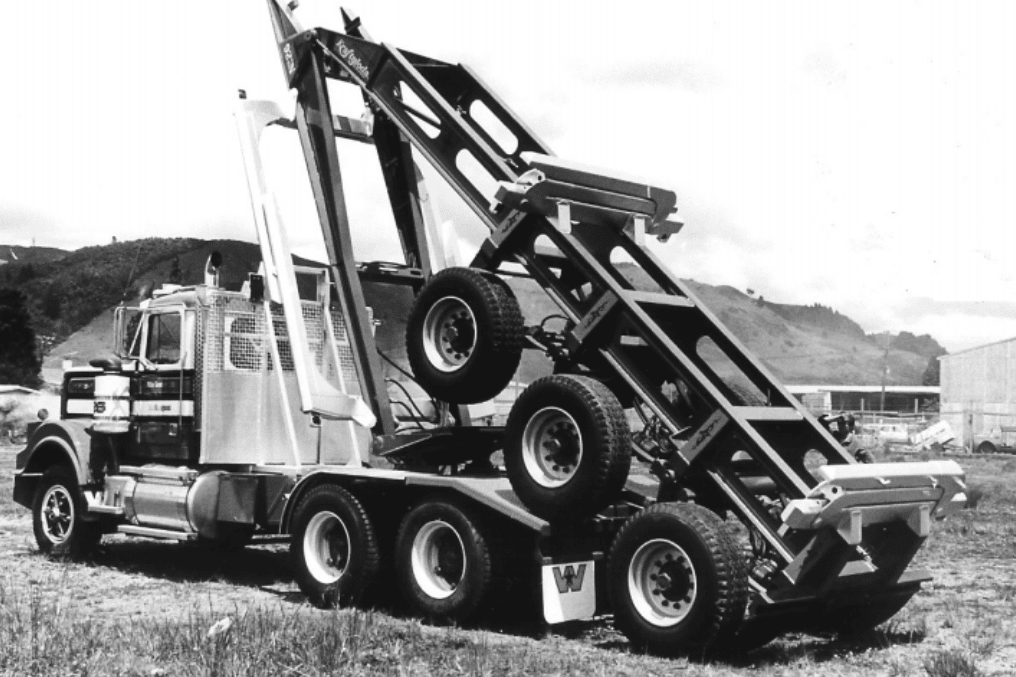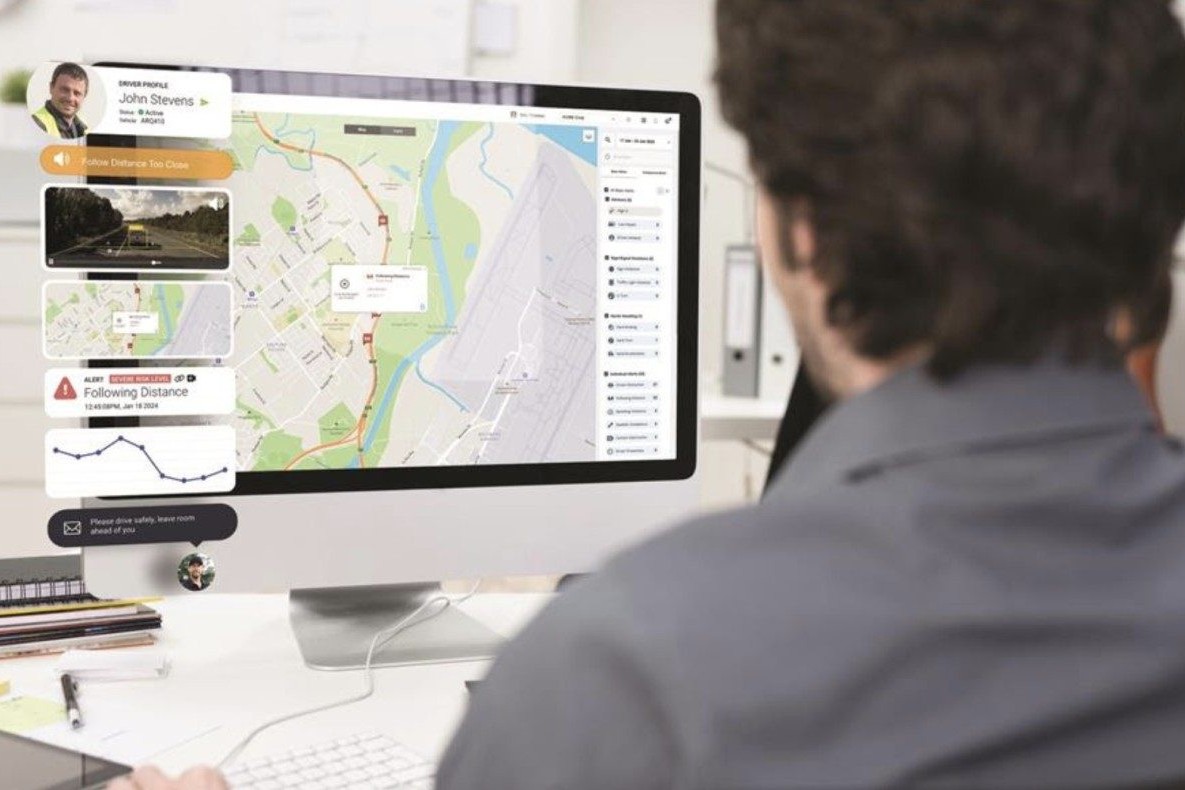Kick-starting the future one trick at a time
Decarbonising the trucking sector is like driving an 18-wheeler into the top of a long hill with a good runout: there are easy conditions further on, but we sure as hell have to keep our speed in check until we get there!
The sector‘s decarbonising “runout” includes electric trucks (hydrogen and battery), rejigging mode-share between road, rail and sea, and refocussing on local supply chains. But those quantum changes won‘t impact for a decade or more, so how do we reduce emissions ASAP to give us a half decent chance of a half decent future?
HGV emissions are around 6% of NZ‘s total, and fossil fuels are the arch-villains – so, firstly, save fuel! But diesel emissions vary widely with speed, engine load, etc., so also minimise high-emissions operating conditions.
In essence we need lots of tweaks that can be taken up quickly. And with 20,000 talented HGV drivers out there at any time, each one has only to save a litre a day to reduce CO2 emissions equivalent to an entire town of 1200 people!
Real-operation research in the EU found a raft of ways to save fuel. Just implementing or improving aerodynamics, telematics, logistics planning, maintenance, driver training and biofuels, yielded a 50% drop in consumption.
And here‘s more detail on aerodynamics:

But these savings change dramatically with speed. Check out this graph: slowing a 26-tonne truck (blue curve) from 90 to 65kph halves the resistance (saving 50 W of power, or around 12 litres/hour).
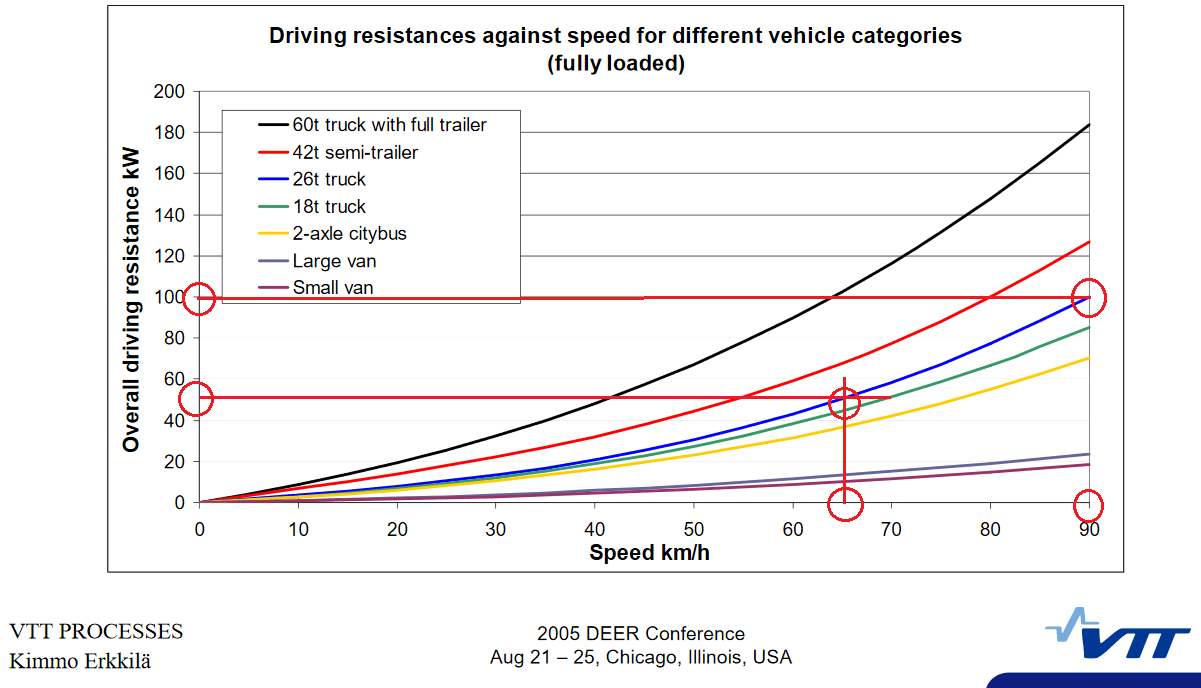
And here are two less familiar issues. CO2 emissions skyrocket with slow urban driving, but also with high engine loads, so the challenge is to find the sweet spot.
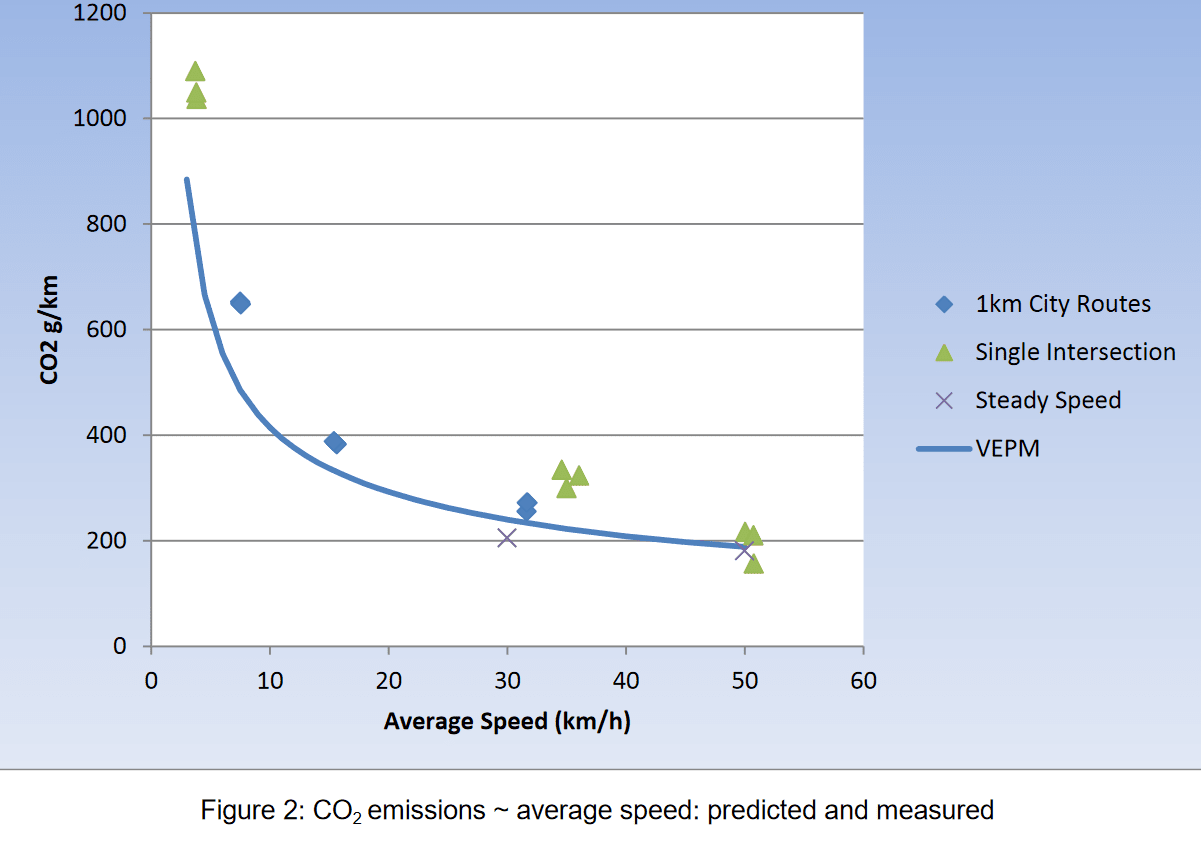
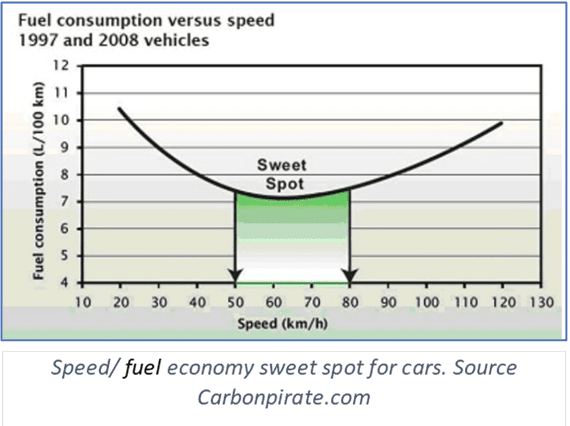
And lots of truckies stay idling just to keep the cab cool, which easily sucks 4kW, or virtually a litre every hour (cars too!). And while we‘re on aircon, it really is a big deal to get it serviced properly. HFC (hydrofluorocarbon) refrigerants are murder for global warming (sometimes thousands of times worse than CO2), and just releasing them from one aircon system can be worse than flying return to Europe.
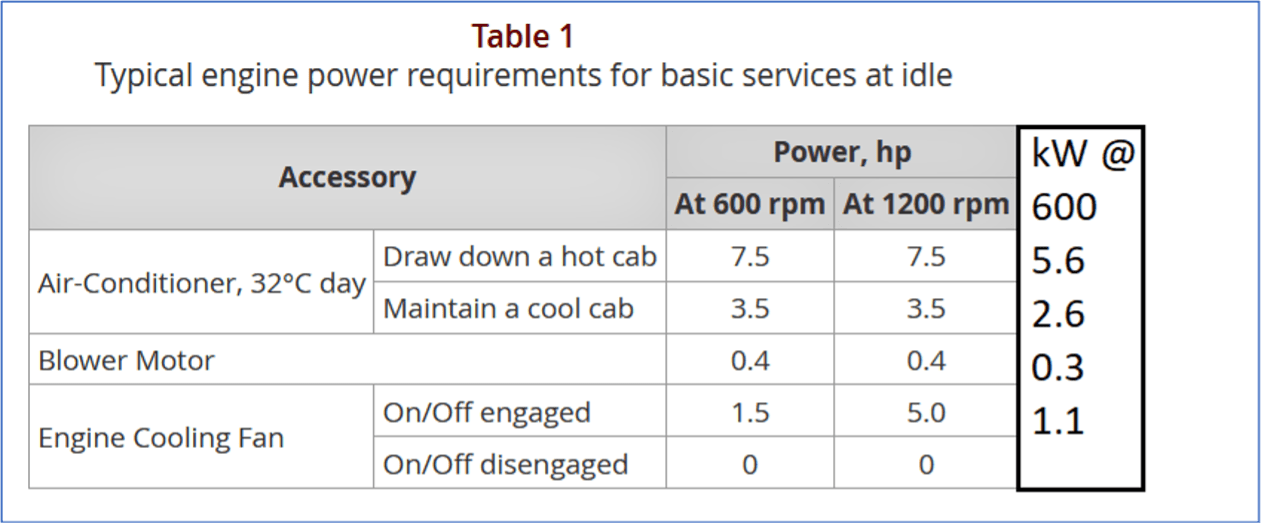
With trucks covering vast distances, drivers constantly strike opportunities for fuel savings. But many of the tips above are well-known, so the big opportunity is to keep our eyes and minds open for unfamiliar ideas, whether a customer‘s operation, or highway management, or in the cab.




